Lettering king Todd Klein has a couple of great blog posts showing a series of photos by Jose Luis Garcia Lopez in 1979 on a visit to DC’s offices. Klein’s memory is prodigious and it’s a great look at everything from obsolete technology to the prevalence of sweater vests in the late ’70s to a different way of working:
Here’s a better look at Joe [Letterese] himself. He was a good guy, and I enjoyed working with him, though he wasn’t really a comics fan, and to him it was just a job I think. Joe did some freelance cover lettering from time to time, but I don’t think he did much, if any, story lettering when I worked with him, though he did a fair amount in the 1960s. Below the shelf in front of his desk is an open area with no file drawers, and it’s full of stuffed boxes, don’t know what was in them. Probably comics and color guides.
The hardbitten production guy who doesn’t even like comics is a bit hard to picture today…although there must be some. However in part two, we learn that some things never change, in a quote from former DC staffer Anthony Tollin.
“Not only did [colorist] Adrienne [Roy] have her own assigned desk (first in the bullpen and later John Workman’s former desk), she also had a Warner Communications after-hours employee ID card, allowing her 24-hour and weekend access to the offices. (I didn’t have such a card, though letterer Ben Oda did.) Adrienne sometimes worked ’til midnight or later on hot jobs, so she spent a lot of time in the bullpen with Ben as he finished his last pages. Jack Adler and Sol Harrison both found it useful to have an in-house colorist readily available who did not have staff duties, so Adrienne did a lot of last-minute freelance jobs, often at enhanced commercial rates.”
Even in the days of friskets and color guides, it was always the colorist who had to do the rush job.
Klein makes much mention of the DC Implosion, a generally disastrous time which saw a big ramping up on DC’s part suddenly crashing to the ground in the face of bad sales. Klein’s piece makes some mention of the layoffs of the period—newsstand sales were going down and there was a recession on. Although certainly there were some dark sides to the period shown in the photos, to most it will be a more comforting trip to a world that still exists—one of the people pictured still works at DC!—at least for the moment.


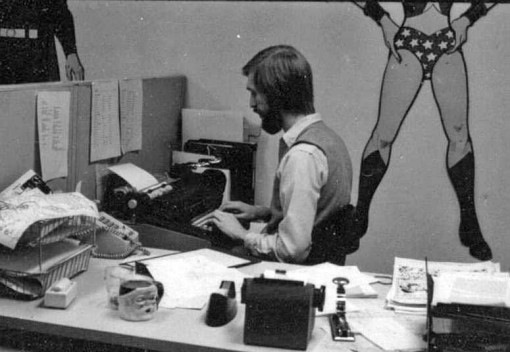
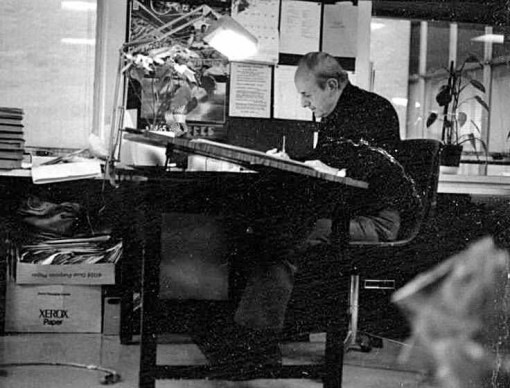
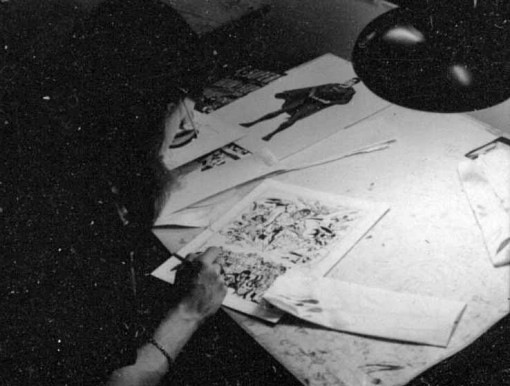
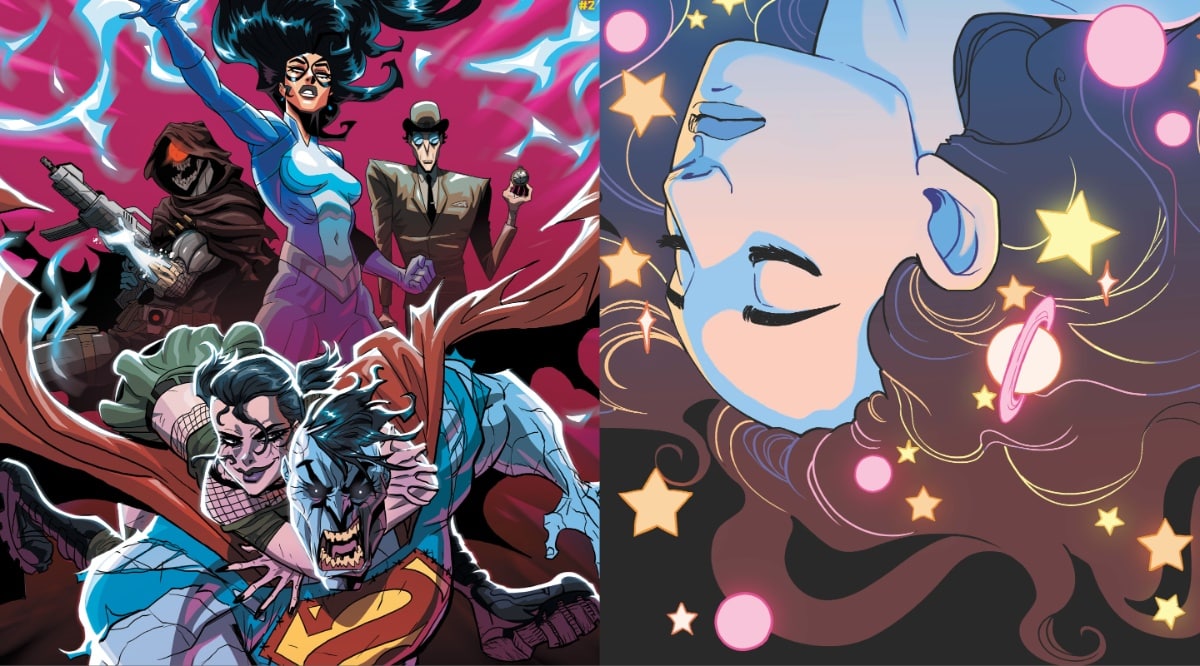
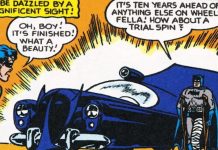
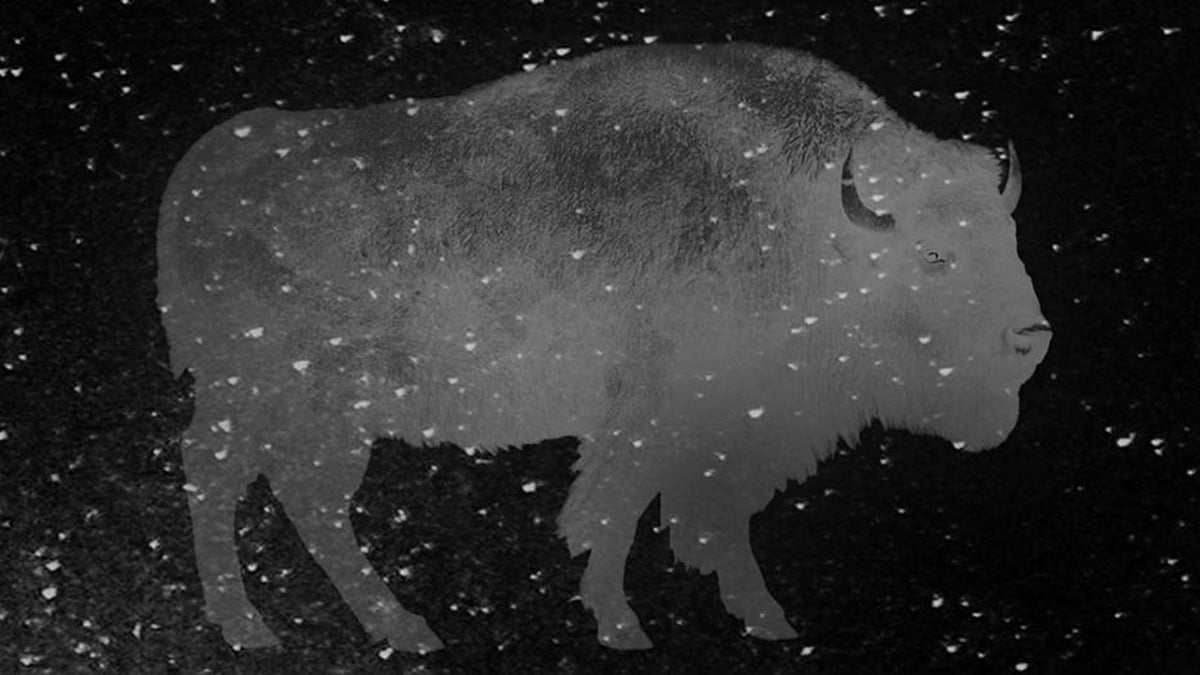
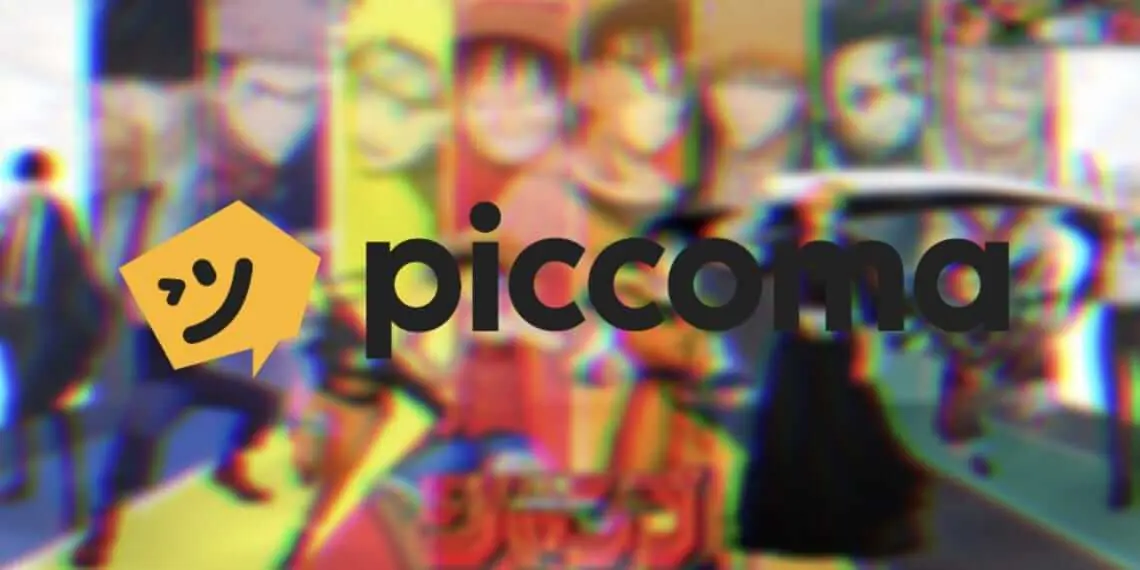

Thanks, Heidi. Actually, the person who still works for DC, Shelley Eiber, isn’t pictured but is talked about.
Though if you included freelance work for the company, two others still do: Paul Levitz and myself!
Great reading on Todd’s site. I worked in art production at the same time as these photos were taken, but in magazine production, not comics. Jose’s photos and Todd’s text bring back many memories.
We used rubber cement from time to time, but most mechanicals were done using wax.
Put sheet or scrap of paper through the roller in the waxer,and hope it doesn’t get caught and end up in the liquid wax reservoir. Touch up art with black or white ink using a brush or Rapidograph pen.
The thinner was a nasty liquid containing Benzene. And I believe the Pantone markers had their share of nastiness too, probably more benzene. Yum yum.
I used to freelance, and operated many different stat cameras, and got to the point where I could do the reduction or enlargement percentages in my head.
All I needed was the original size and the required size, and I could predict the %.
Studios here used Agfa Gavaert paper in the orange box, but sometimes Kodak too. And cleaning the processor was not a fun job.
More chemicals.
The Lucigraph allowed you to produce what we called ‘linears’, a line version layout. Basically the Luci could enlarge or reduce the original onto a glass, so you could trace it on tracing paper or acetate with a pencil or marker. Made for ultra fast layouts, saving hours and hours.
All our type on rough or comp layouts was rendered by hand with pencil or marker, by referring to a type catalog.
Final type and body text was ordered from a type foundry, or set inhouse. You calculated the size and width of the text block by doing a character count. So many characters per inch or pica.
Ie: make this text 14/18 flush left, 22 picas wide.
Oh, so much easier and quicker now with digital technology, but fun to look back at how it was done 30+ years ago.
Colorists doing rush jobs? Never – ;)
Great stuff, makes me nostalgic. Especially that mention of ‘enhanced rates’ for rush jobs. When does that happen these days? (rhetorical)